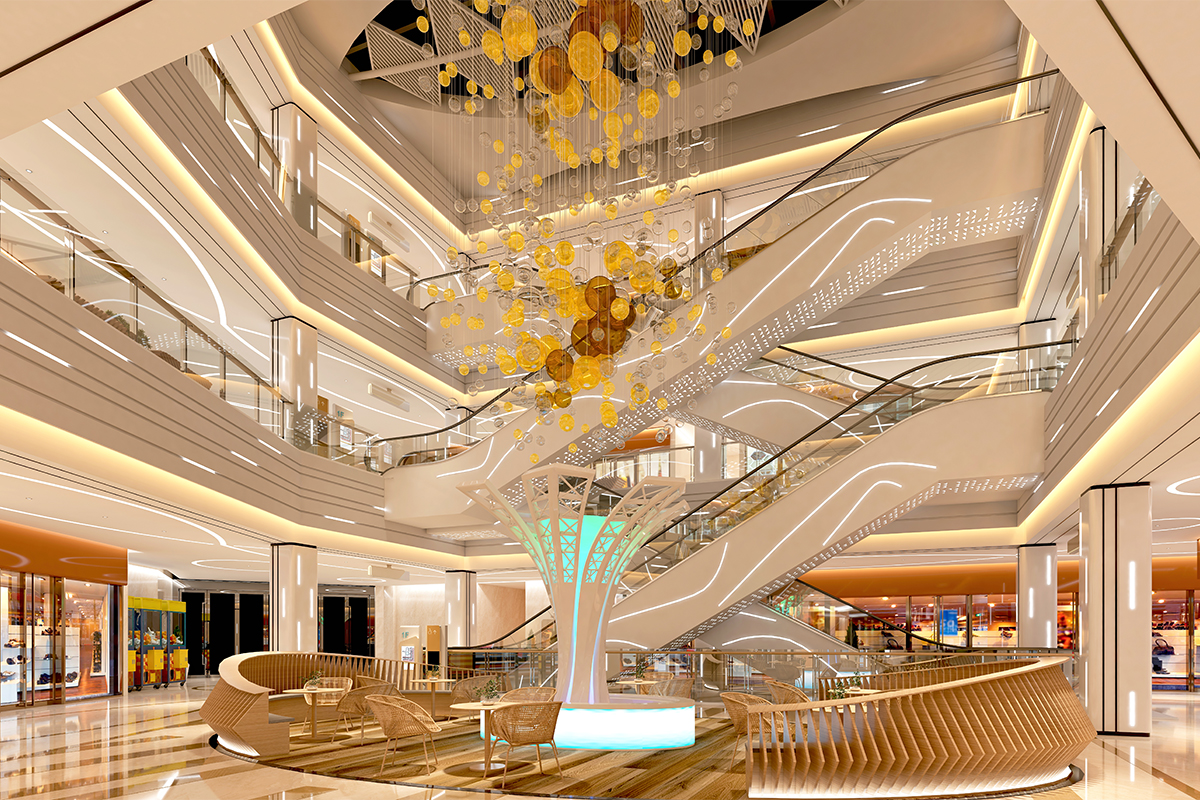LED aluminum profiles are structures designed to house and protect
LED strip lights. They serve both functional and aesthetic purposes, providing a sleek and professional appearance to LED installations while offering protection and
heat dissipation for the
LED strips. They may include features like diffusers or lenses to control and distribute light. LED profiles are often used interchangeably with LED aluminum channels, LED strip channels, LED channel systems, LED aluminum extrusions, LED aluminum rails, and LED aluminum tracks, depending on regional preferences, industry norms, or specific product features.
Manufacturing process
The process of profile fabrication begins with the design of the LED aluminum profile. The specifications include the desired shape, dimensions, features (such as mounting options), and any additional elements like diffusers or covers. The choice of aluminum alloy is crucial for the strength, durability, and thermal properties of the LED aluminum profile. Commonly used aluminum alloys include 6063-T5 and 6061-T6. The selected aluminum alloy is heated and forced through a die in the shape of the desired LED profile. This process, known as extrusion, creates a continuous and uniform profile with the specified cross-sectional shape. The extruded aluminum is then cooled and cut to the desired length. CNC machining is often employed to create precise features such as slots, channels, and openings for mounting and other components. The aluminum profiles undergo surface finishing processes, such as anodizing or powder coating, to enhance their durability, corrosion resistance, and appearance. Mounting features, such as slots, grooves, or channels, are integrated into the aluminum profile during the machining process. These features allow for the secure installation of
LED strips and facilitate mounting the profile in various applications. End caps, covers, and other optional accessories are added to complete the construction of the LED aluminum profiles.
Surface finishing
High-end profiles often feature a quality finish. Anodization and powder coating are two distinct surface finishing processes used for aluminum profiles. The choice between the two processes may depend on the desired appearance, durability requirements, and budget constraints. Anodization is an electrochemical process that forms a protective oxide layer on the surface of aluminum. Anodized aluminum typically has a metallic, matte appearance. The finish can range from a natural silver color to various shades of bronze or black, depending on the type of anodizing process used. Anodized coatings are known for their durability and hardness. The anodized layer is integral to the aluminum surface, providing good resistance to abrasion, corrosion, and wear. While different colors can be achieved through anodization, the range is more limited compared to powder coating. Powder coating involves applying a dry powder to the aluminum surface, which is then cured through heat to form a protective and decorative layer. Powder coating offers a broader range of finish options, including a variety of colors, textures, and gloss levels. This flexibility allows for a more extensive range of aesthetic choices. Powder coating provides a durable and robust finish, offering good resistance to impact, chemicals, and UV radiation. However, its hardness may be slightly less than that of anodized aluminum.
Profile shapes
LED aluminum profiles may have various shapes, including flat, curved, or recessed, to accommodate different lighting needs and architectural designs. Linear profiles are straight and often have a slim and elongated design. These profiles provide clean and continuous lines of light for
cove lighting,
under-cabinet lighting, and accent lighting. Corner profiles are designed to fit into corners, forming a right angle. They may have a triangular or L-shaped cross-section. Round profiles have a cylindrical or semicircular design. They provide a softer and diffused light output. Recessed profiles are designed to be installed flush with surfaces, providing a clean and minimalist look. They are commonly used for integrated ceiling and wall lighting in residential, commercial, and hospitality settings. Surface-mounted profiles are attached directly to surfaces. Angular profiles have geometric designs with sharp angles. Specialty profiles encompass a wide range of unique designs, including asymmetrical shapes, curves, and custom configurations.
Diffusers and covers
LED aluminum profiles often use diffusers and covers to modify the light output, enhance aesthetics, and provide protection to the LED strips within. The choice of diffusers and covers for LED aluminum profiles depends on the desired light distribution, aesthetics, and functional requirements of the specific application. Clear covers allow maximum light transmission without diffusion. Frosted diffusers scatter light to reduce glare and provides a softer, diffused illumination. Milky diffusers offer a diffused appearance with a milky tint, providing a softer light output. Opal diffusers provide a diffused appearance with a slight milky tint, offering balanced illumination. Prismatic diffusers have textured surfaces that scatter light, reducing glare and creating unique light patterns. Lens covers are made of clear or frosted materials with specific lens patterns for unique lighting effects. Colored diffusers come in various hues and tints, allowing customization of light color. UV-resistant covers protect the LED strip from UV radiation, preventing yellowing or degradation. Polycarbonate and acrylic are both popular materials used for diffusers and covers in LED aluminum profiles. Polycarbonate is often chosen for demanding applications where durability and toughness are paramount, while acrylic provides a cost-effective solution for less demanding scenarios where impact resistance is not a primary concern.
Diverse applications
The combination of durability, heat dissipation, and aesthetic appeal makes LED aluminum profiles integral to maximizing the performance and longevity of LED strip lights. These products are extensively used in
architectural lighting to create linear lighting designs, highlight architectural features, and provide even illumination in both interior and exterior spaces. The slim and adaptable design of LED aluminum profiles makes them ideal for integrating LED strips into furniture, cabinets, and shelves. In retail environments, LED aluminum profiles are utilized to illuminate product displays, shelves, and showcases. Backlighting and illuminating signage, channel letters, and logos with LED aluminum profiles ensure uniform light distribution, improve visibility, and contribute to the overall aesthetic appeal of signs. Waterproof and weather-resistant LED aluminum profiles are used in
outdoor lighting applications, such as
landscape lighting, architectural facades, and pathway illumination.
